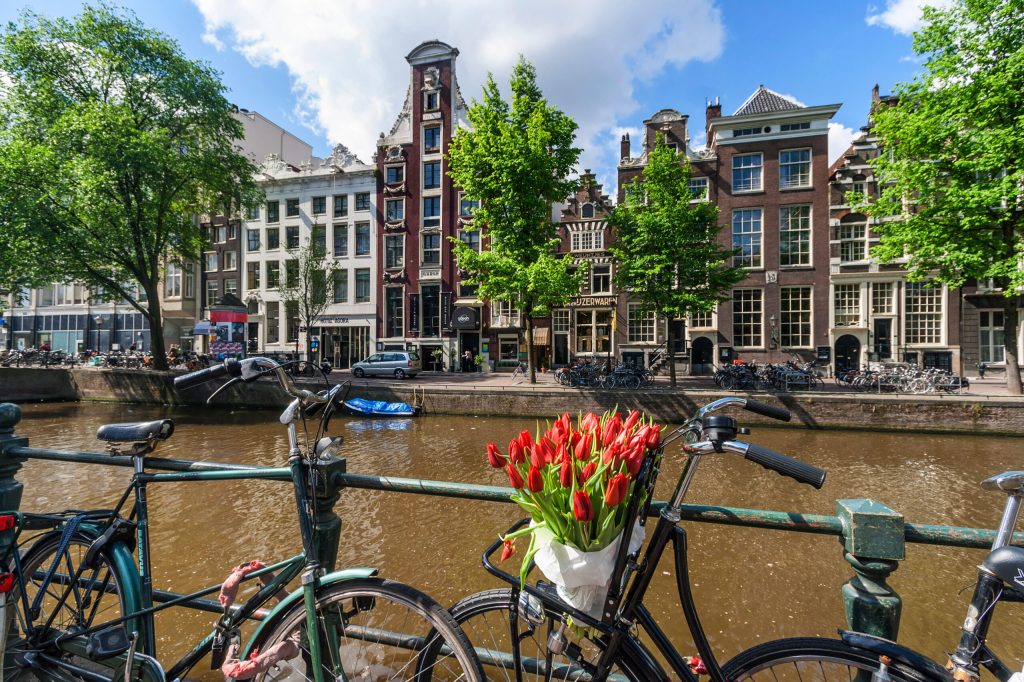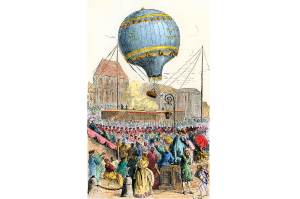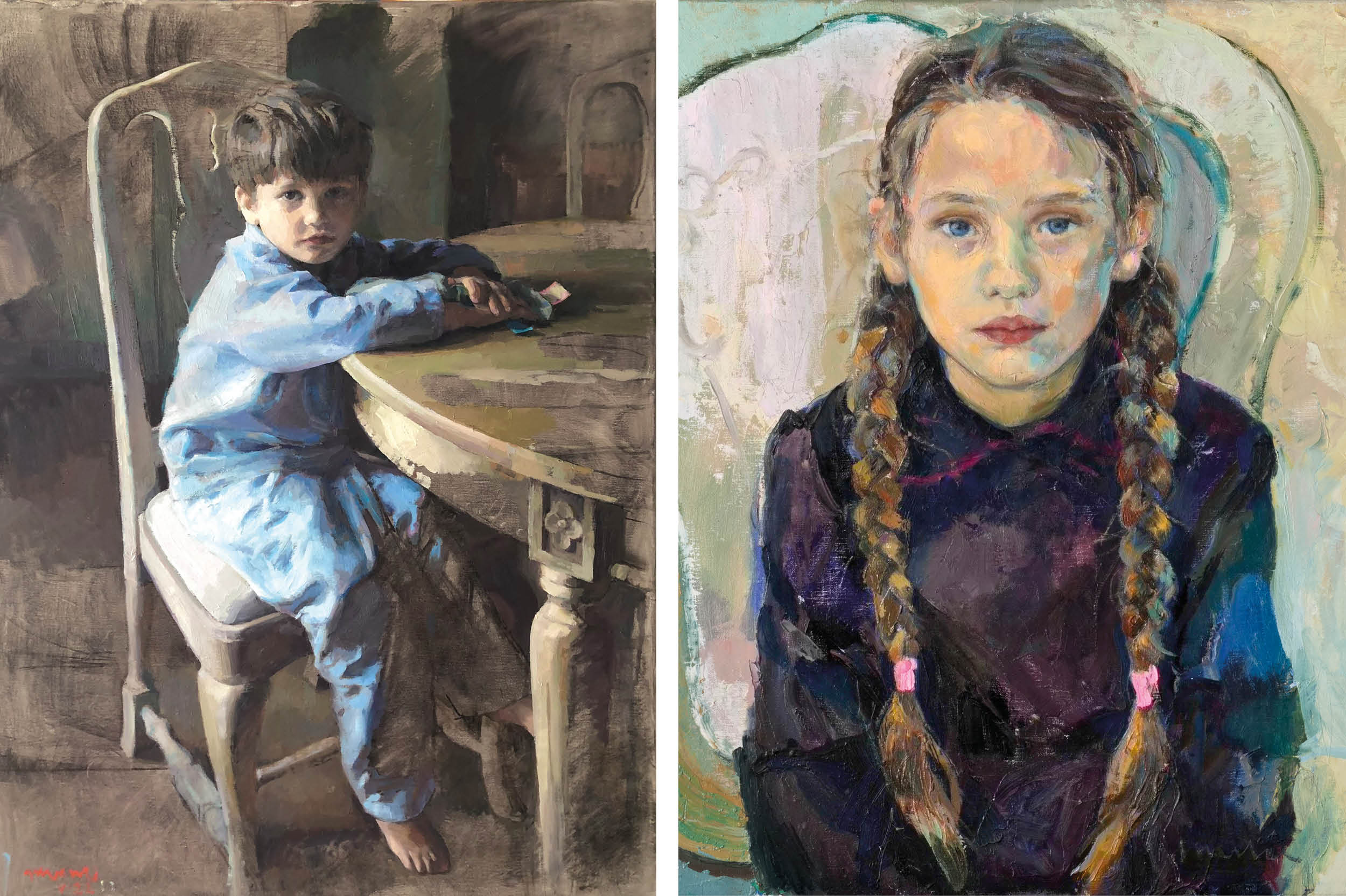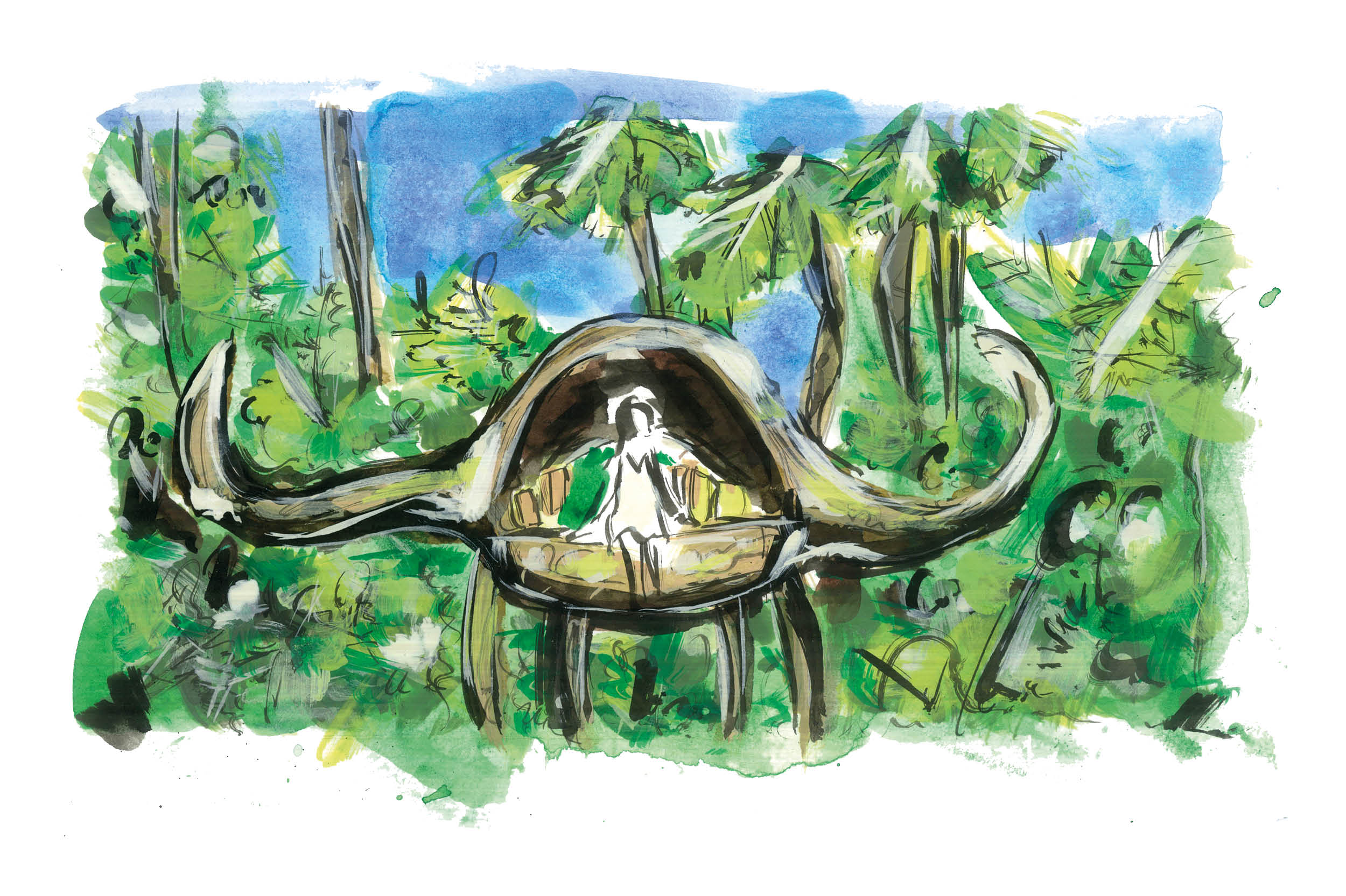More than forty cities have taken it upon themselves to claim the nickname “Venice of the North,” but only one can use it without any hint of irony. When leaving Amsterdam Centraal station — either fresh off the Eurostar or via a quick train connection from Schiphol airport — it is hard not to be momentarily dazzled by the spectacle of glassy-surfaced grey canals, all reflecting narrow, higgledy-piggledy gabled houses.
I was in Amsterdam for the Rijksmuseum Vermeer exhibition, but took the opportunity to see more of the city than a quick day trip would have afforded. Exhausted by the fatal combination of British travel chaos and my own inability to book the correct flights, the short walk from the station to the twenty-five Golden Age canal houses which make up the Pulitzer Hotel was a relief. Despite the hotel’s comparatively large size — there are 225 rooms spread throughout the houses, each outfitted like your very own Amsterdam apartment — the hotel feels intimate, and the welcome is warm. The combination of period details (blue and white Delftware; portraits of severe-looking Dutchmen in stiff white collars) and bright modernity gives the space an eclectic, fun ambience. In preparation for a day of culture and sightseeing the next morning, we headed to the Pulitzer Bar — as popular with locals as it is with hotel guests for its innovative cocktails inspired by the city’s history.
One salty, pink Rose Garden Margarita later — and an equally brilliant Noble Rot Fizz — and we made the short walk through to the restaurant Jansz, housed in an old apothecary in the famous “9 Streets” district of the city. Nestled amidst the independent shops and coffee houses — and still with pharmacy bottles on the wall — Jansz feels nothing like a staid, stuffy traditional hotel restaurant. We ate local delicacies like “Amsterdam-style” oysters with a sauce made from Dutch gin and buttercream, before we headed to bed in our room overlooking the Prinsengracht canal.
The next morning — after a room-service breakfast of pastries and fresh fruit — we headed out into the city’s canal district. The bells of the major Protestant church, the Westerkerk (where the Dutch painter, Rembrandt, is buried) can be heard throughout the hotel. They were also heard by another of the city’s inhabitants: the Anne Frank Museum — where the family hid in the secret apartment — is a short walk away. In her diary, Frank lamented when the bells were taken to be melted down, as the family no longer had any idea of “the exact time, either night or day.” Both the museum and the church are open to visitors.
For a mid-morning coffee break, we visited Café Papeneiland, a traditional Dutch “brown café” with a secret. During the Reformation, Catholics would reach a hidden church through a tunnel in the café’s basement. Now, its primary appeal lies in its cozy, candle-lit ambience and its generous slices of apple pie.
In the afternoon, we walked towards the south of the city in the direction of the museum district. Amsterdam is famous for its art. In a compact area near to the large Vondelpark are a whole host of museums: from the world-famous Risjksmuseum, showing eight centuries of Dutch art and culture, to the nearby Van Gogh Museum, which holds the largest collection of works by the artist in the world. Keen to venture off the beaten track, we visited the less famous Stedelijk Museum, a collection of contemporary art and design. Less Netherlands-focused than many of the museums, it is a good bet if you forget to book tickets in advance (an absolute necessity for the others), and still contains a wealth of exhibitions, from art in response to the Dutch colonization of Indonesia to the hypnotic films of American performance artist Martha Rosler.
We spent the evening at the hotel handiest for the museum district, the imposing-looking Conservatorium. Originally the National Savings Bank and then for many years a music conservatoire, the hotel mixes modernity and tradition. Inside the red-brick building, panes of glass and engineered steel intersect to create a light, airy lounge and restaurant. The rooms are all large — with bathtubs big enough to swim in — and many are duplex suites. One, the brilliantly-named “I love Amsterdam” suite, even has its own private roof terrace, with some of the best views anywhere in the city.
The hotel has its very own Asian-inspired restaurant, Taiko, and a Brasserie in the light-filled, covered courtyard. We ate from the Brasserie menu — more classic international dining options than Dutch specialties, including pan-fried seabass with salsa verde, accompanied by a glass or two of fine, buttery Chardonnay. The next morning, we visited the spa and pool — a rarity in an Amsterdam hotel, where space is at a premium and where seventeenth-century buildings rebel against such extensions — before heading back out into the city to rent bikes and cycle around the nearby park. And then, after a long, fascinating visit to the Vermeer exhibition at the Rijksmuseum, it was time to take our reluctant leave of the true “Venice of the North.”
There are many well-worn clichés about visiting Amsterdam, from the notorious “coffee shops” to the raucous Red Light District — a place largely overrun by hordes of drunken European tourists these days. But it is easy, even advisable, to ignore the brash, loud side of the city, and instead to concentrate on the aspects that have remained timeless for centuries. Its stately beauty, quirky shops (including a fine array of English-language bookstores, both new and antiquarian) and endless selection of bars and restaurants make it a truly wonderful city in which to while away a couple of days. It’s a stunning marriage of the old and new that never fails to beguile. Just make sure you watch out for the endless traffic of bikes.

























